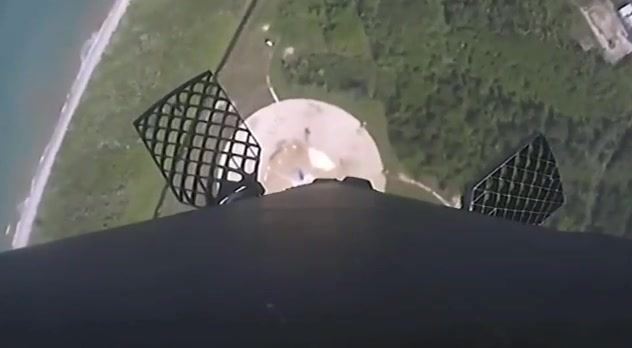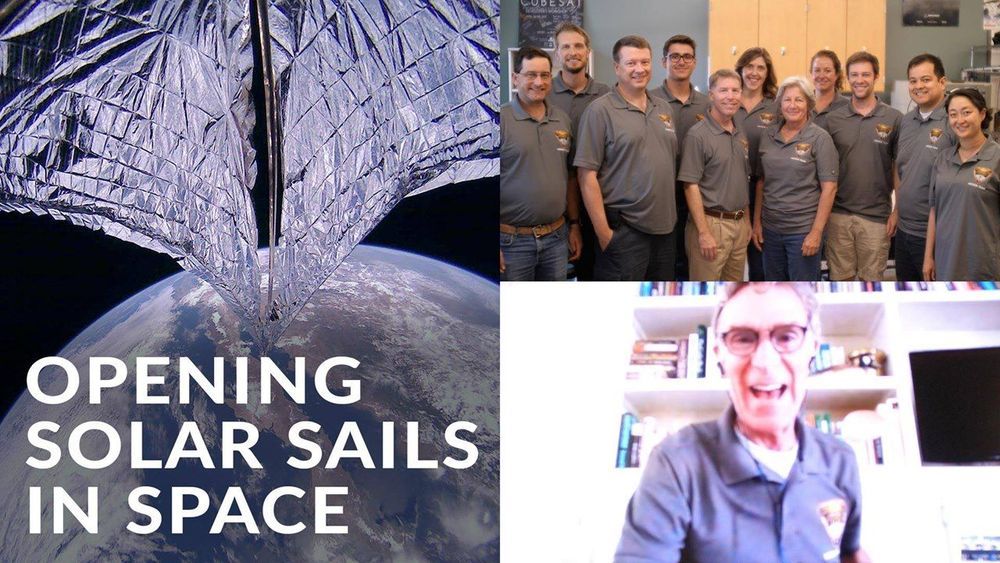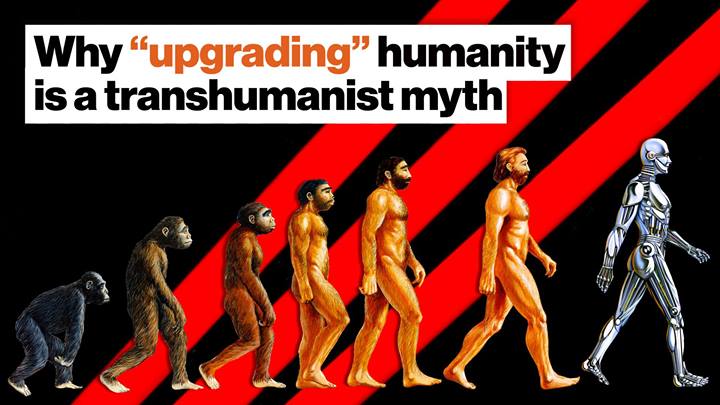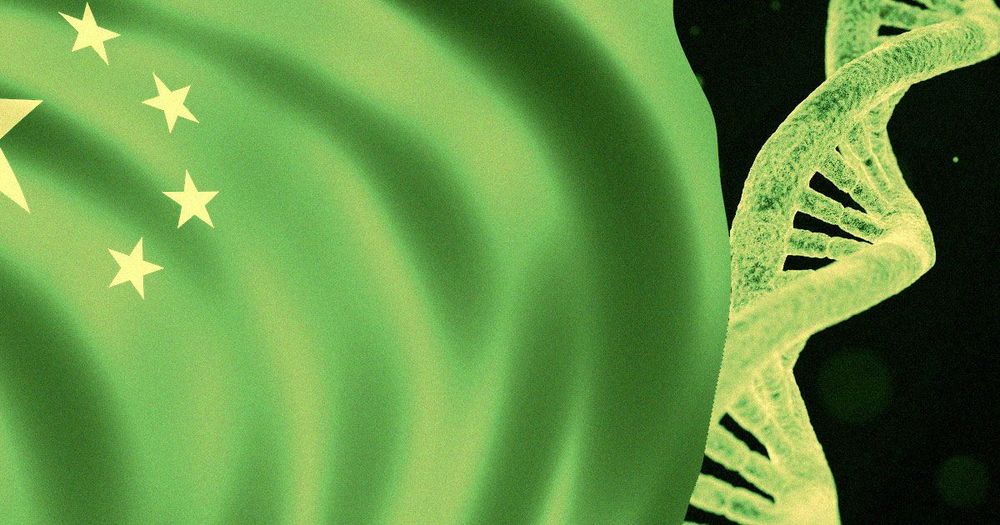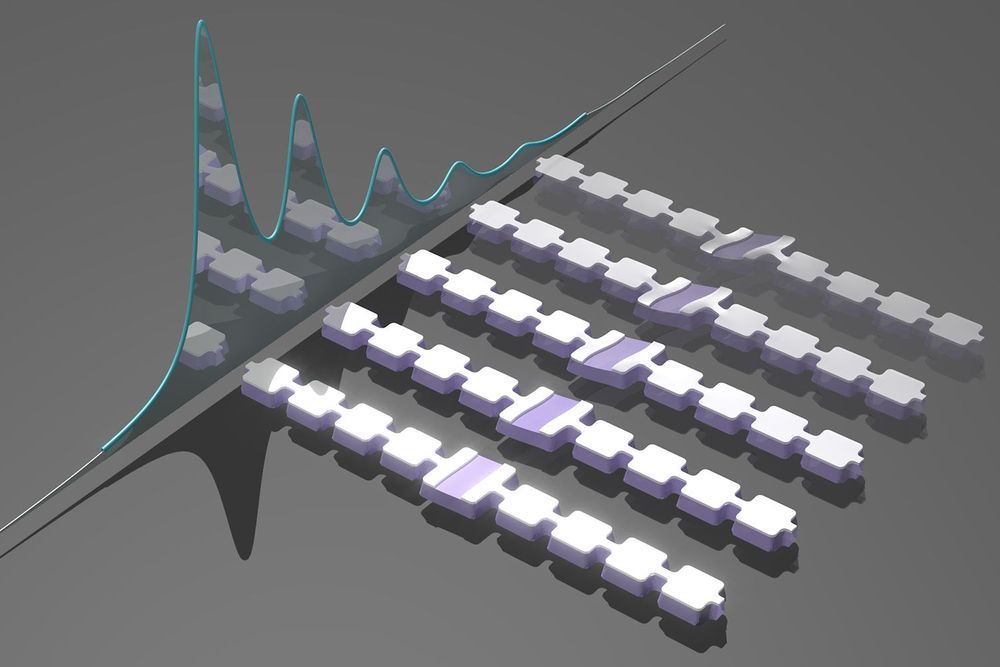Click on photo to start video.
Click on photo to start video.
Dragon’s solar arrays have deployed and the spacecraft is safely in orbit following a launch on the SpaceX Falcon 9 rocket at 6:01 p.m. EDT from Cape Canaveral Air Force Station in Florida, carrying more than 5,000 pounds of research, hardware and supplies to the International Space Station. Dragon is scheduled to arrive at the orbiting laboratory Saturday, July 27. Details: https://go.nasa.gov/2GwcjjF
Opening Solar Sails in Space
Posted in space
Click on photo to start video.
This week, we set sail on sunlight and made history. #LightSail2
Click on photo to start video.
Though some computer engineers claim to know what human consciousness is, many neuroscientists say that we’re nowhere close to understanding what it is — or its source.
In this video, bestselling author Douglas Rushkoff gives the “transhumanist myth” — the belief that A.I. will replace humans — a reality check. Is it hubristic to upload people’s minds to silicon chips, or re-create their consciousness with algorithms, when we still know so little about what it means to be human?
You can read more about Rushkoff’s perspective on this issue in his new book, Team Human.
Click on photo to start video.
The thing that Carl Sagan did better than anybody else was connecting to the science through emotion and stories, says NASA’s Michelle Thaller. Watching him when growing up formed Thaller’s vision of what an astronomer could be and inspired her for the rest of her life.
New uses of stem cells and 3D printing could make baldness obsolete (for the wealthy). James Hamblin 12:51 PM ET.
Analytical chemists have been working to develop high-functioning robotic smelling devices to detect victims of everything from human trafficking to natural disasters. But does it work?
A device that eavesdrops on the quantum whispers of atoms could form the basis of a new type of quantum computer.
Restless rapid eye movement (REM) sleep impedes emotional processing, which may contribute to mood and anxiety disorders, new research suggests.
A team of Dutch investigators used fMRI to scan the brains of participants who underwent a stressful experience — in this case, hearing themselves sing out of tune. Brain activity was measured using electroencephalography (EEG).
The next morning, after spending the night in a sleep laboratory, participants were subjected to the same unpleasant experience. Those who had experienced REM sleep were less distressed, whereas those with restless REM sleep were once again upset.
